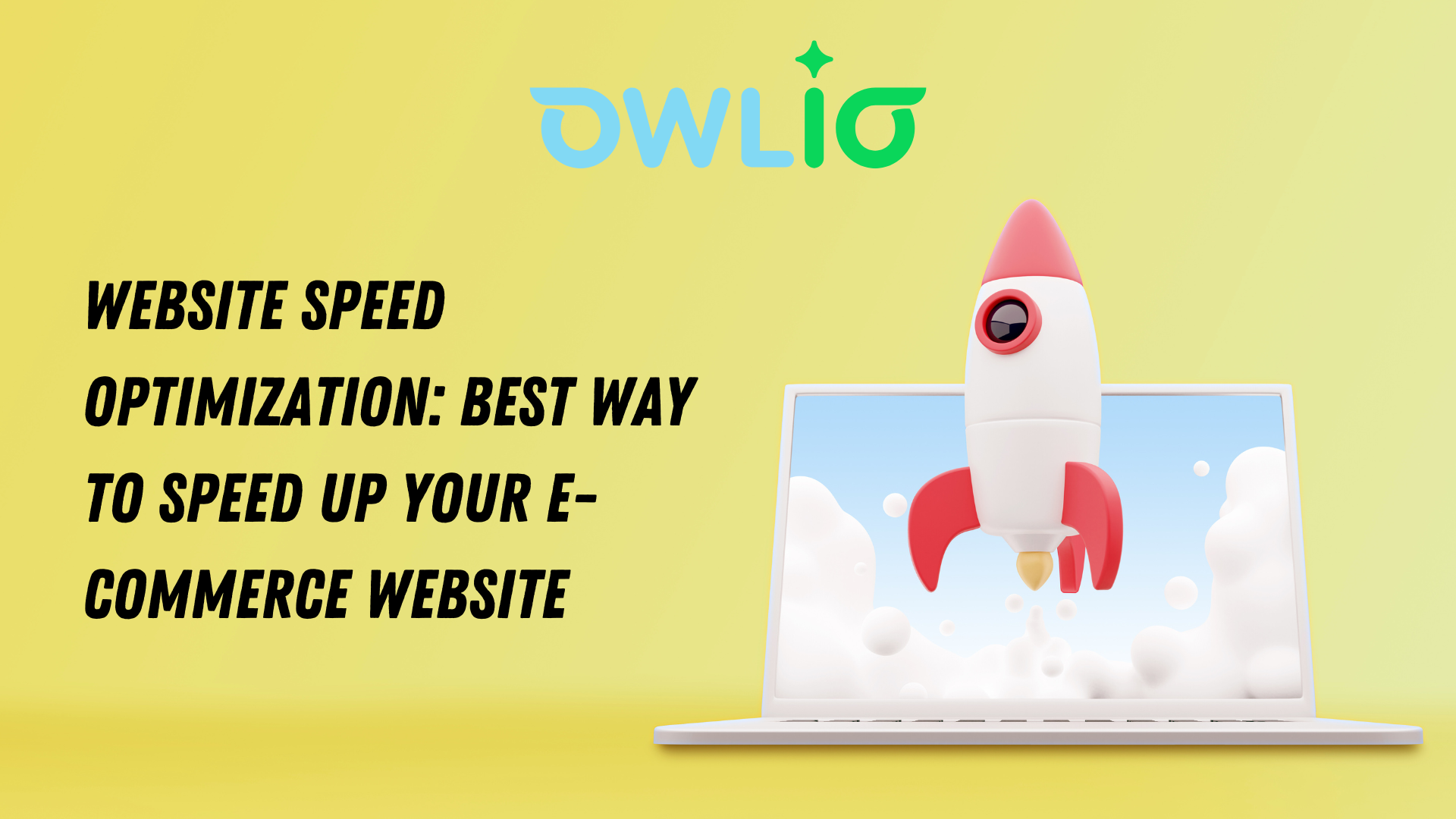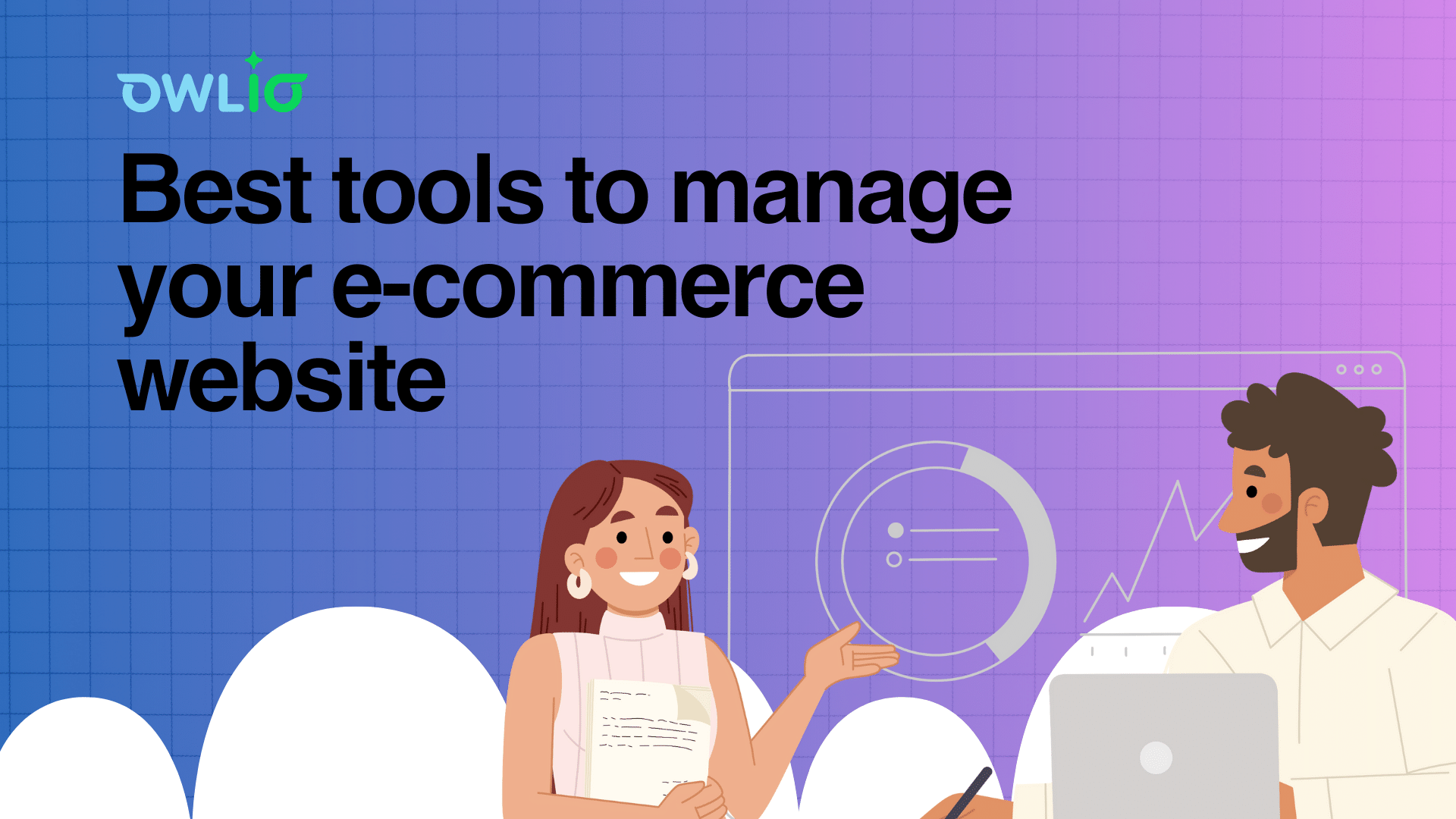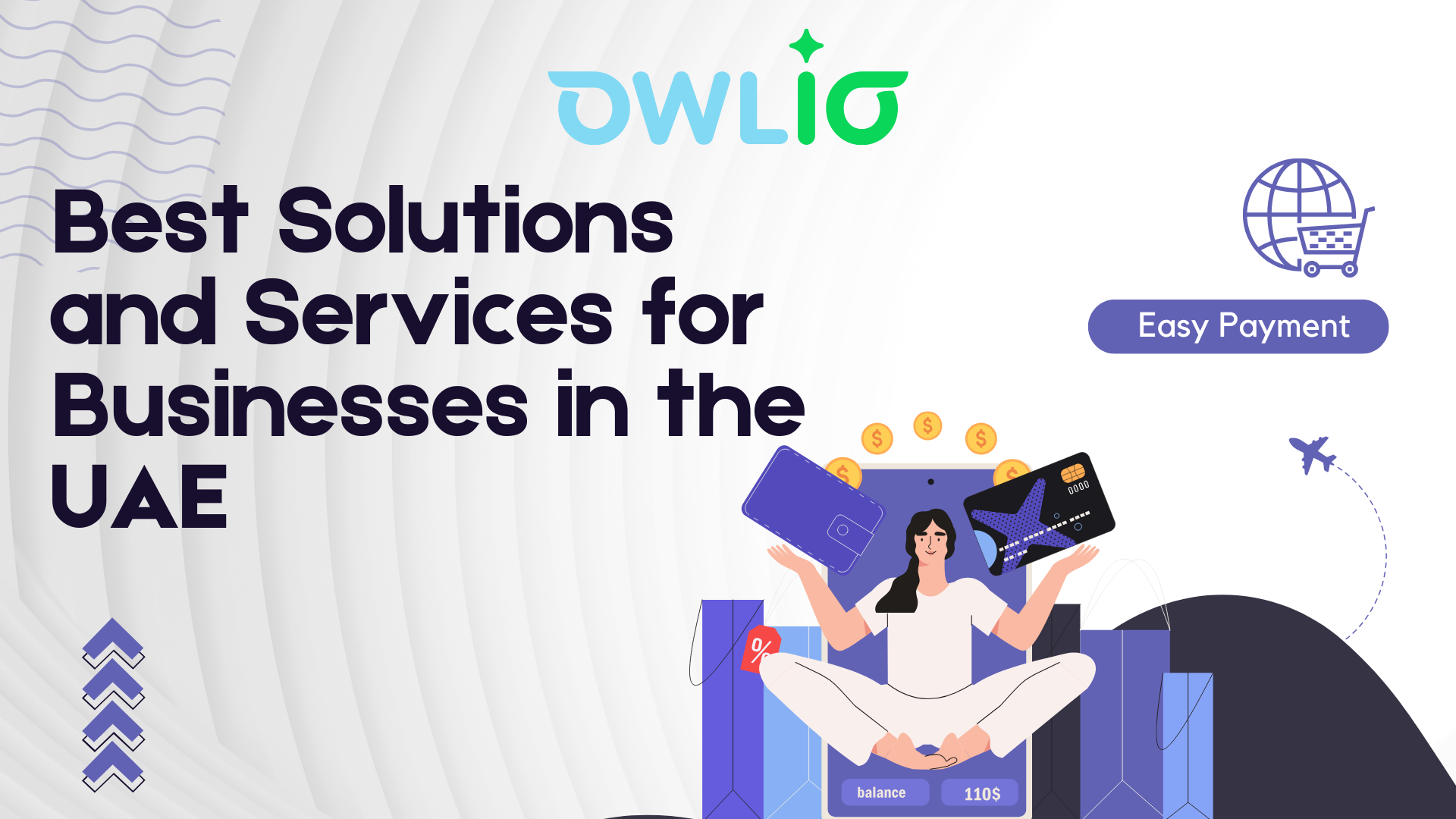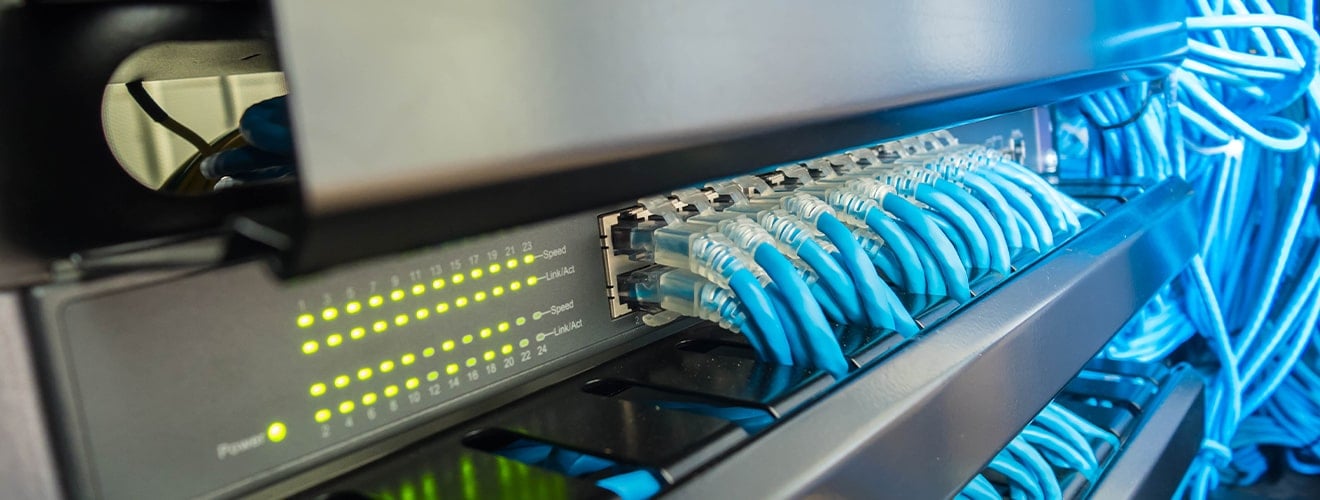Website Speed Optimization: Best Way to Speed Up Your E-commerce Website

If you run an e-commerce website, you know how important it is to provide a fast and smooth user experience to your customers. Website loading speed is not only a key factor for user satisfaction but also search engine optimization (SEO). A faster website can rank higher in search results, attract more organic traffic, and increase conversions and sales.
A Google study indicates that when a website takes longer than three seconds to load, 53% of mobile users leave. This implies that you are losing out on potential clients and income if your e-commerce website is sluggish. As a result, performance and speed optimization of your website are crucial.
In this article, we will share some of the best ways to speed up your e-commerce website and improve its performance. These are:
- Choose a better e-commerce hosting Provider
- Choose a simple website design
- Install a WordPress caching plugin
- Use the latest version of WordPress & Woocommerce
- Optimize product images for Performance
- Use Better WordPress plugins
Choose a Better E-commerce Hosting Provider
Your hosting company is among the most significant variables influencing the speed of your website. A reputable hosting company will offer quick servers, dependable uptime, and sufficient resources to manage the traffic on your website. Your website will load more slowly, experience frequent outages, and have less scalability from a subpar hosting company.
Therefore, you should choose a hosting provider that specializes in e-commerce websites and offers features such as:
- SSD storage for faster data access
- CDN (Content Delivery Network) for faster delivery of static files
- SSL (Secure Sockets Layer) for secure transactions
- Dedicated IP address for better security and performance
- Backup and restore options for data protection
- Customer support for technical assistance
Some of the best e-commerce hosting providers are:
- SiteGround
- Bluehost
- WP Engine
- Kinsta
- Cloudways
Choose a Simple Website Design
Another factor that affects your website speed is your website design. A complex and heavy website design can add unnecessary weight to your website and increase its loading time. A simple and minimalist website design can reduce clutter and improve the user experience.
Therefore, you should choose a website design that is:
- Responsive: It adapts to different screen sizes and devices
- Lightweight: It uses minimal code and graphics
- Clean: It avoids excessive animations, pop-ups, and widgets
- User-friendly: It follows the best practices of web design and usability
Some of the best e-commerce website themes are:
- Astra
- OceanWP
- Flatsome
- Storefront
- Divi
Install a WordPress Caching Plugin
The design of your website has an impact on its speed as well. Your website may load slower and weigh more unnecessarily if its design is complicated and complex. The user experience can be enhanced and clutter reduced with a straightforward, minimalist website design.
While there are numerous WordPress caching plugins available, the following are some of the best ones:
- WP Rocket
- W3 Total Cache
- WP Super Cache
- LiteSpeed Cache
- Autoptimize
Use the Latest Version of WordPress & WooCommerce
Using the most recent versions of WordPress and WooCommerce is another method for increasing the speed of your e-commerce website. Updates with security patches, bug fixes, and new features for WordPress and WooCommerce are released frequently. You can make sure that your website is safe and functional by using the most recent version.
To update WordPress and WooCommerce, you can follow these steps:
- Backup your website and database
- Go to Dashboard > Updates
- Click on Update Now for WordPress and Update for WooCommerce
- Check your website for any issues or errors
Optimize Product Images for Performance
Product photos are essential to any e-commerce website because they draw attention to your products and entice customers to buy. However, product images can also slow down the loading of your website because they are usually large, high-quality files. You must therefore optimize your product images' performance without compromising their quality.
To optimize your product images, you can use these techniques:
- Resize your images to fit your website layout
- Compress your images to reduce their file size
- Use the correct image format for your purpose (JPEG, PNG, or WebP)
- Use lazy loading to defer loading images until they are needed
- Use a plugin like Smush or ShortPixel to automate image optimization
Use Better WordPress Plugins
Using WordPress plugins, you can enhance your e-commerce website's features and functionality. But not every plugin is made equally. Some plugins may be out-of-date, badly coded, or incompatible with your website. Performance problems, conflicts, and errors can arise from these plugins.
As a result, you ought to utilize better WordPress plugins, such as:
- Compatible with your WordPress and WooCommerce version
- Updated regularly by the developers
- Rated highly by the users
- Tested for speed and performance
- Necessary for your website functionality
For e-commerce websites, some of the top WordPress plugins are:
- WooCommerce
- Elementor
- Yoast SEO
- Jetpack
- Gravity Forms
Any e-commerce website that wants to increase conversion rates, SEO rankings, and user experiences needs to optimize its website for speed. You can improve the speed and functionality of your e-commerce website by using the advice in this article.
















Send Us A Message